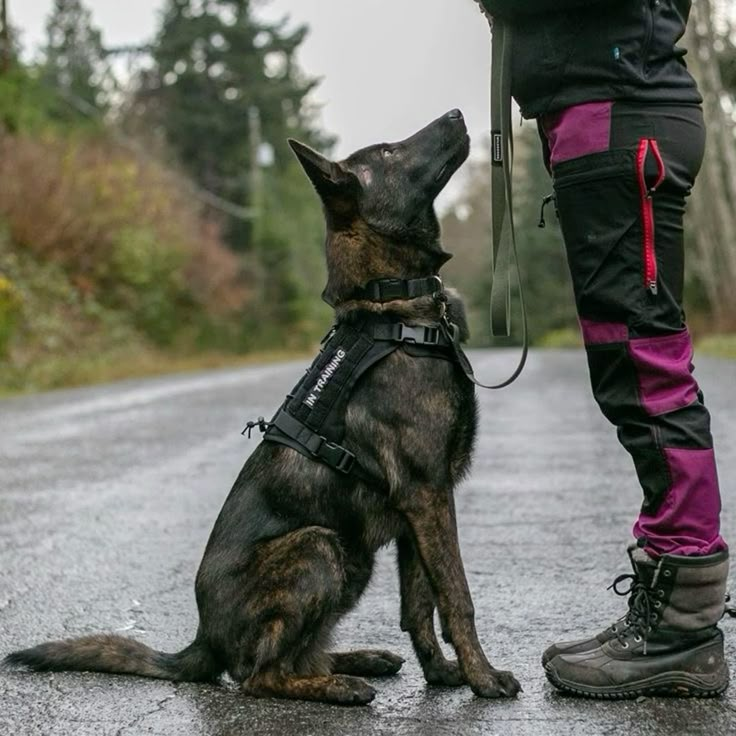Aggression in dogs is one of the most serious and challenging behavioral issues pet owners can face. In Beverly Hills, where dogs are often integrated into active social lives and public spaces, addressing aggression effectively and humanely is paramount. Finding the “best” training for aggression means seeking out specialists who possess not only advanced skills but also a deep understanding of canine behavior and a commitment to safety and ethical practices.
Understanding Canine Aggression
Before seeking a trainer best dog training in Beverly Hills, it’s important to understand that aggression is a complex behavior, not a personality trait. It can manifest in various forms:
- Fear Aggression: Often seen when a dog feels threatened or cornered.
- Resource Guarding: Aggression over food, toys, space, or even people.
- Territorial Aggression: Directed at perceived intruders in the dog’s home or yard.
- Leash Reactivity: Aggression (barking, lunging) towards other dogs or people while on a leash, often stemming from frustration or fear.
- Pain-Induced Aggression: When a dog lashes out due to discomfort or pain.
- Frustration-Induced Aggression: When a dog is prevented from doing something it wants.
A top trainer will conduct a thorough assessment to identify the specific type and triggers of aggression, as well as its underlying causes.
What to Expect from Top Trainers for Aggression
When dealing with aggression, the stakes are high, and the approach must be specialized. Here’s what you should expect from the best dog trainers in Beverly Hills when tackling aggression issues:
1. Veterinary Consultation and Collaboration
The first step for any responsible trainer addressing aggression is to recommend a veterinary check-up. This is crucial to rule out any underlying medical conditions or pain that might be contributing to the aggressive behavior. The best trainers will be willing to collaborate with your veterinarian or refer you to a veterinary behaviorist, especially for severe or complex cases.
2. Comprehensive Behavioral Assessment
Expect an even more in-depth assessment than for typical obedience issues. This will involve:
- Detailed History: A thorough discussion of the dog’s history, bite incidents (if any), triggers, and the contexts in which aggression occurs.
- In-Situ Observation: The trainer will observe the dog in its home environment and potentially in controlled outdoor settings to see the behavior firsthand and identify subtle cues.
- Risk Assessment: A professional will assess the risk of future incidents and discuss safety protocols.
3. Humane, Science-Based Behavior Modification
The gold standard for treating aggression is behavior modification based on positive reinforcement, counter-conditioning, and desensitization.
- Positive Reinforcement: Focus on rewarding calm, non-aggressive behaviors and teaching alternative, desirable responses to triggers. For example, teaching a reactive dog to focus on the owner for a treat when another dog appears, rather than lunging.
- Counter-Conditioning: Changing the dog’s emotional response to a trigger from negative (fear, anger) to positive (happiness, relaxation) by pairing the trigger with something highly rewarding.
- Desensitization: Gradually exposing the dog to the trigger at a low intensity, slowly increasing exposure as the dog remains calm and comfortable. This is done carefully to avoid overwhelming the dog.
- Management Strategies: Implementing immediate safety measures, such as muzzles, leashes, crates, or avoiding known triggers, to prevent aggressive incidents while training is underway. This is not a long-term solution but a crucial safety step.
- No Aversive Techniques: Under no circumstances should a trainer use harsh corrections, intimidation, or tools like shock collars, prong collars, or choke chains for aggression. These methods can suppress the behavior temporarily but often escalate fear, increase anxiety, and can lead to redirected aggression or a “shutdown” dog.
4. Intensive Owner Coaching and Support
Addressing aggression requires significant commitment and consistency from the owner. Top trainers will:
- Empower the Owner: Provide extensive education on canine body language, aggression triggers, and how to safely and effectively implement the behavior modification plan.
- Provide Clear Protocols: Give clear, step-by-step instructions and practice exercises.
- Offer Ongoing Support: Aggression training is a journey. Expect regular follow-up sessions, clear communication channels (phone, email), and long-term support to help navigate challenges and reinforce progress.
5. Specialized Expertise and Experience
Look for trainers with specific experience and credentials in aggression. Some highly-rated trainers in the Beverly Hills area who are known for their work with challenging behaviors include:
- Karma Dog Training Beverly Hills: Known for their 100% positive reinforcement approach and work with complex behavioral issues.
- Dog Training Elite Los Angeles: Praised for their effective methods in transforming challenging behaviors.
- Dog Remedy Behavioral Training: Specializes in rehabilitating aggressive, abused, shy, and fearful dogs.
By choosing a trainer with the right expertise, ethical approach, and commitment to collaboration, Beverly Hills residents can find the best path to safely and effectively manage and modify their dog’s aggressive behaviors, fostering a more peaceful and joyful relationship.


